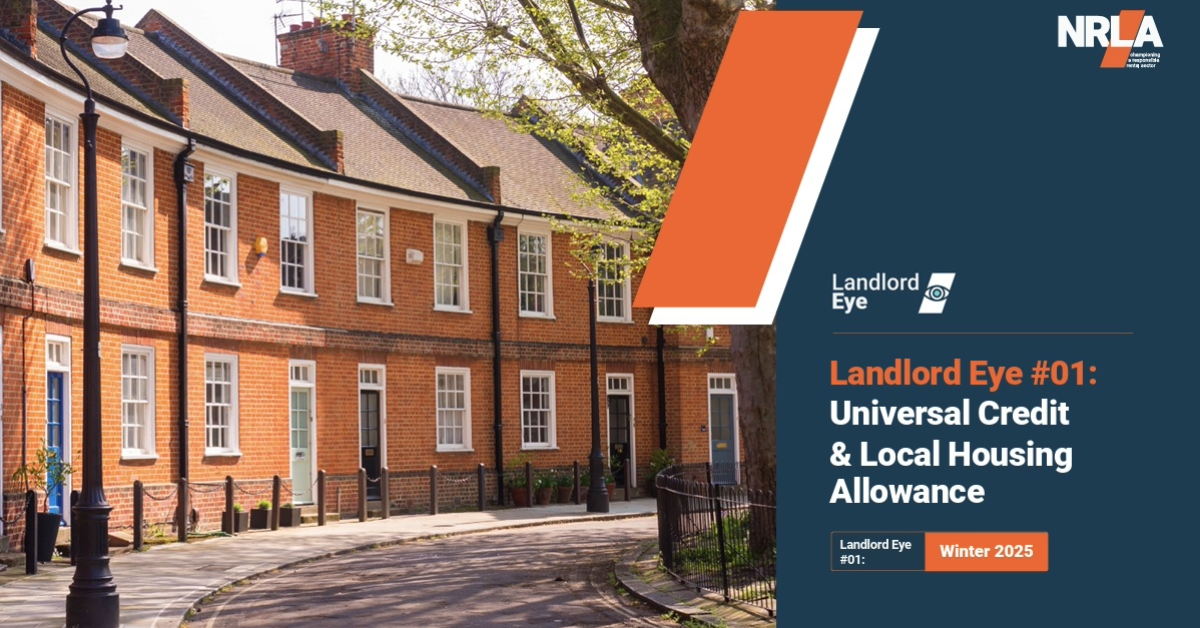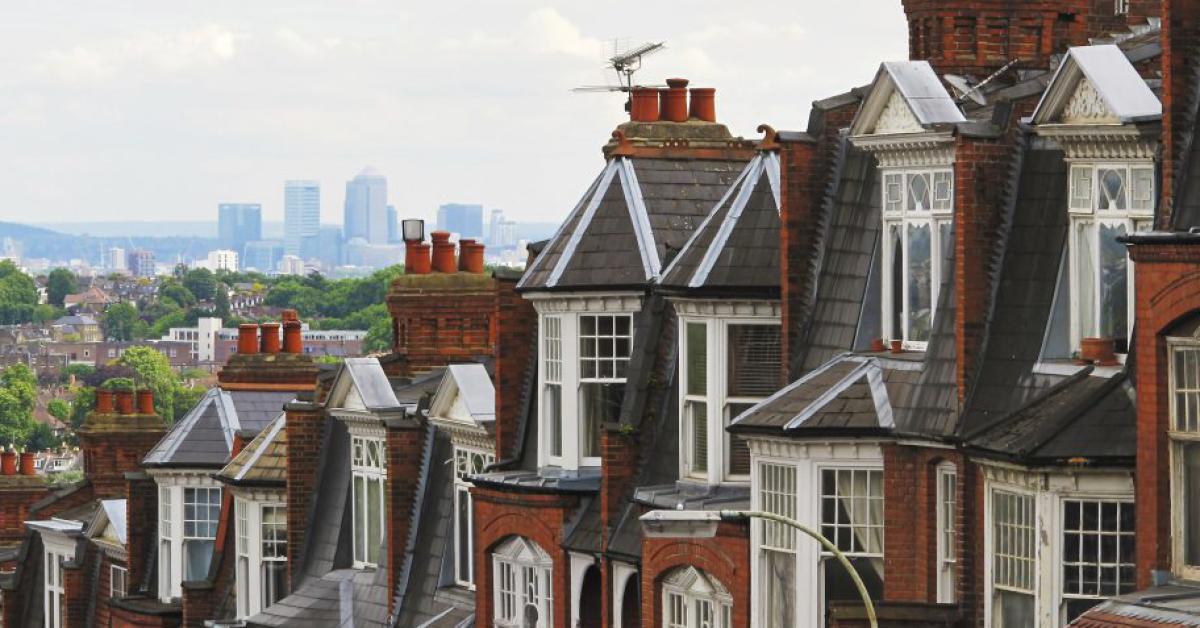Welfare
Summary
Private renting provides badly needed homes for vulnerable and low income tenants. The private rented sector has been increasingly relied on by tenants who are unable to access social housing due to a lack of supply.
Universal Credit, introduced in 2013 and currently being rolled out across the country, is completely transforming the way benefits are paid, with a single payment made directly to the claimant replacing six different benefits and tax credits. Universal Credit is paid monthly in arrears and direct to the tenant, aiming to replicate income received through employment.
Welfare is not devolved, so changes and campaigns are England and Wales-wide.
Universal Credit
Challenges with the implementation of Universal Credit, as well as the five year freeze on local housing allowance which was lifted in April 2020, mean that landlords are increasingly cautious about letting to tenants in receipt of benefits. Our work in this area focuses on both practical improvements to increase landlord confidence and addressing the gap between benefit payments and market rents.
We have been regularly engaging with the Department for Work and Pensions on the implementation of Universal Credit and have influenced a number of improvements for landlords, including the introduction of an online application for direct payment replacing the UC47 form, improved official guidance for landlords and support for landlords struggling to engage with tenants.
Our policy
On Universal Credit (UC), we are calling for:
- an end to the five-week wait for Universal Credit at the beginning of a claim, with the advance payment currently made as a loan converted to a grant, so tenants do not automatically fall into debt at the outset
- direct payment of the housing element of Universal Credit to landlords as default
- allowing landlords to discuss a tenant's claim where the rent has not been paid.
Local Housing Allowance
Local Housing Allowance (LHA) rates are used to calculate the level of benefits paid to tenants for their rent payments. They are based on Broad Rental Market Areas (BRMAs) from which the market rent is assessed. The level of LHA was previously set at median market rents i.e. the 50th percentile but this was reduced to the 30th percentile from 2011. From 2016 to 2020, LHA was frozen meaning that it did not keep pace with changes in the market rent.
The amount of LHA which a tenant is eligible for depends on their age, whether they have dependents and the number of rooms which the Government assesses that the household needs and their income.
Single people under the age of 35 are only eligible for the Shared Accommodation Rate, i.e. the rent for a single room in a shared house in the area.
LHA rates are paid through both Universal Credit and through legacy Housing Benefit. You can find the current rates on the gov.uk website here.
Our policy
On the local housing allowance (LHA), we are calling for:
- at minimum, the Government to commit to aligning LHA rates to the 30th percentile of market rents permanently, rather than as a short term response to the coronavirus crisis. We are further calling for the Government to realign rents to the median market rents (50th percentile)
- the Government to reassess the size of Broad Rental Market Areas, so that they better represent the local rental market
- an end to the benefit cap so that tenants can receive the full LHA rate towards their rent.
Latest news
Landlord Eye (#01 Winter Edition): Universal Credit & Local Housing Allowance
This is the first edition of Landlord Eye. Landlord Eye differs because it incorporates the open comments and opinions of landlords. Over 1,300 landlords took part in this new-look consultation. Topics covered include: landlord exereinces of Universal Credit, Local Housing Allowance, and the DWP. This quarter there is also more on EPCs and the Great British Insulation Scheme.
Navigating Universal Credit: Insights from landlords on DWP processes
This blog post takes a closer look at the Quarter 1 2024 consultation on Universal Credit. It explores whether the process of dealing with the DWP is becoming more manageable and identifies any ongoing concerns with the administration of direct payments. Are improvements evident, or do significant challenges persist for landlords and their tenants?
In Focus (2023 Qtr 1): The PRS, property markets and the economy
This new look In Focus reports on the views and experiences of over 1,200 landlords across England & Wales. The consultation reflects on landlord confidence as well as taking a closer look at Universal Credit. The consultation also sets out the latest insights on a range of other topics including Buy-to-Let finance and the difficulties being faced by HMO landlords. .
Local Housing Allowance rates cover just 18% of cheapest rents
Local Housing Allowance (LHA) rates now cover just 18% of the cheapest private rents, widening the gulf between the support benefits tenants receive and the rent they have to pay.
In Focus (2022, Qtr 1): Universal Credit, Local Housing Allowance & Welfare
This consultation with members focused on Universal Credit and the experiences of landlords and their tenants. Difficulties with Universal Credit diminish but persist. The process of Universal Credit still means landlords face arrears through no fault of either themselves or their tenants. This consultation also reveals landlords need to start preparations for HMRC's Making Tax Digital (MTD) initiative.





